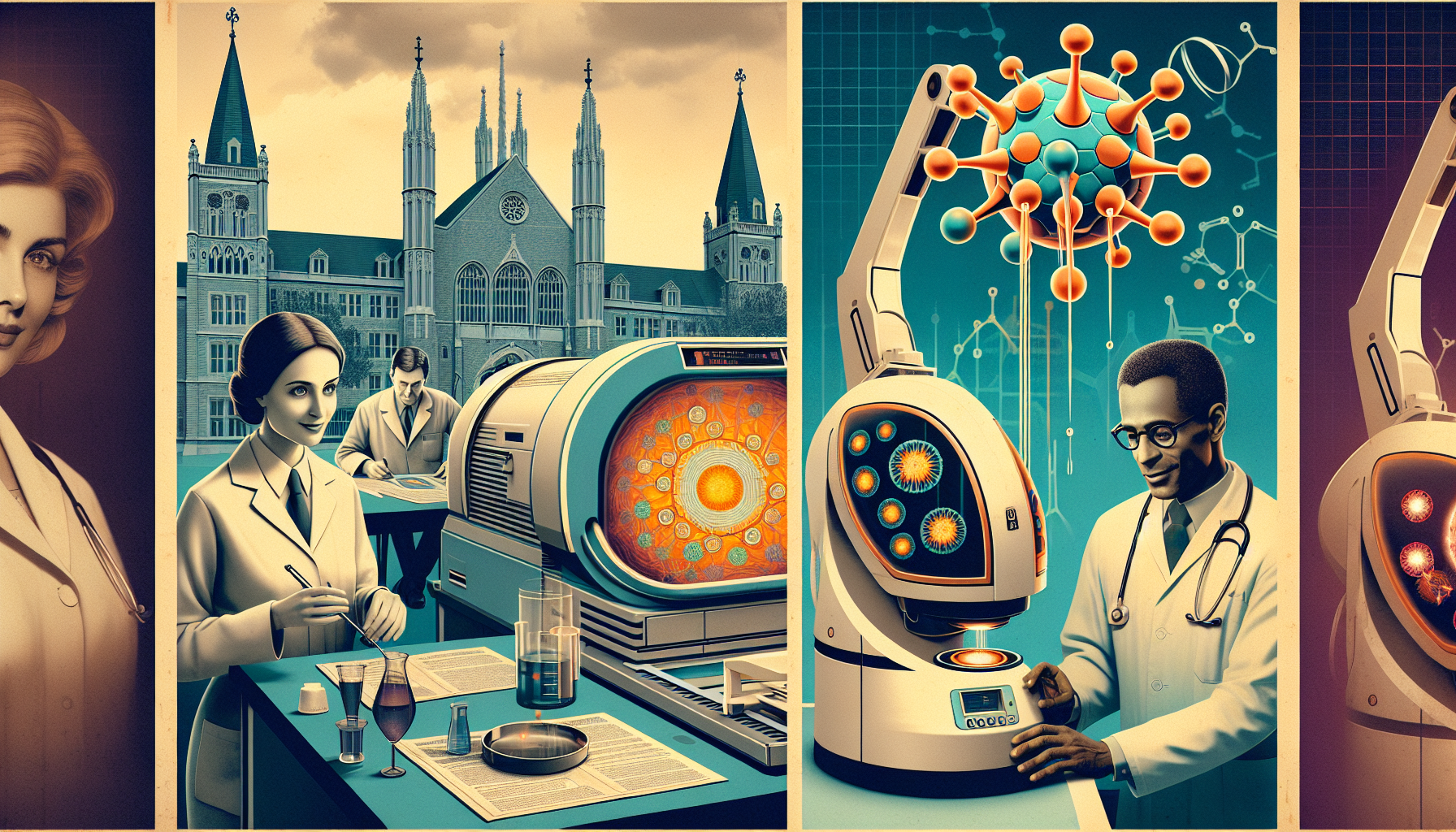The Challenge of Wet AMD
Wet AMD is a devastating condition characterized by the growth of abnormal blood vessels beneath the macula, which is the eye’s light-sensitive layer. These vessels leak fluid and blood, leading to rapid and severe vision loss. Nearly 196 million people worldwide suffer from AMD, and in the UK alone, over 700,000 individuals are affected—a figure predicted to rise by 60% by 2035 as the population ages.
Existing Treatment Dilemmas
Currently, wet AMD is treated using regular injections of anti-vascular endothelial growth factors (anti-VEGF). These injections prevent new vessel growth but are a temporary fix, requiring patients to endure frequent hospital visits every one to three months. Each injection is costly, between £500 and £800, making this one of the most common, yet expensive NHS procedures.
The Promise of Robotic Radiotherapy
Enter the robotic radiotherapy system, which utilizes stereotactic radiotherapy (SRT), a method known for its precision in delivering radiation. This innovative system administers a singular, minimally invasive dose of radiation to the affected area. It does so using overlapping beams of concentrated radiation, targeting small lesions in the eye previously unreachable with older technologies.
Insights from Clinical Trials
A significant trial involving 411 individuals across 30 NHS hospitals was featured in *The Lancet*. This study juxtaposed patients receiving robotic radiotherapy coupled with routine injections against those given a placebo treatment. Findings revealed a noteworthy decrease in the number of injections required: 10.7 on average over two years compared to 13.3 for those who did not receive radiation therapy.
Cost-Effectiveness and Broader Impacts
Not only does this robotic system significantly cut down the number of injections by around 25%, but it also presents considerable cost savings. On a global scale, the system is poised to reduce the number of injections by 1.8 million annually. In the UK alone, patients could see a savings of £565 over two years with the expense of robotic radiotherapy balanced by the reduction in injection-related costs.
Enhancing Patient Lives
The feedback from patients who experienced robotic radiotherapy has been overwhelmingly positive. Many reported improved disease stability and a decline in the number of required hospital visits. For instance, Peter Frewin, aged 75, greatly benefited from the trial, going two years without needing further injections, subsequently requiring fewer follow-up treatments thereafter. This reduction alleviates the frequent burden on both patients and their caretakers, leading to an overall better quality of life.
A Pioneering Approach to Eye Care
The advent of this robotic radiotherapy technology represents a monumental advance in the treatment of wet AMD and similar eye ailments. By offering a more precise solution, this innovation promises not only to enhance patient results but also to decrease dependency on frequent injections and reduce overall healthcare expenses. As the world grapples with the challenges of an aging population, such forward-thinking solutions will be pivotal in the effective management of age-linked eye conditions.

Leave a Reply